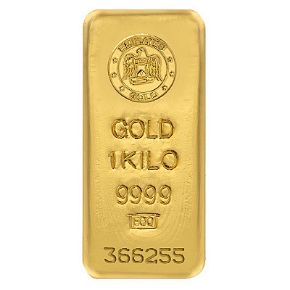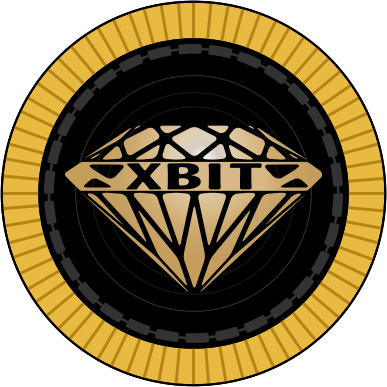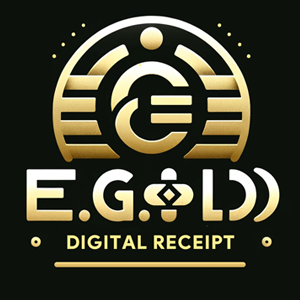
The allure of converting volatile cryptocurrency into the tangible stability of physical gold bars is strong, offering a compelling diversification strategy. However, the rapidly evolving nature of digital assets combined with the traditional precious metals market creates fertile ground for scams. Protecting your investment requires vigilance and adherence to best practices.
Here are essential tips to help you avoid scams when buying physical gold bars with cryptocurrency:
1. Research the Dealer Extensively
The single most important step is to thoroughly vet any company you consider doing business with.
Check for a Long-Standing Reputation: Scammers rarely have a history spanning decades. Look for established bullion dealers with a proven track record of safe transactions, good customer service, and longevity in the precious metals industry.
Verify Industry Affiliations: Reputable dealers are often members of recognized industry organizations (e.g., LBMA, APMEX, industry trade groups). Verify these affiliations directly on the organization's official website, not just on the dealer's site.
Read Independent Reviews: Look for reviews on multiple independent platforms (Trustpilot, BBB, Google Reviews). Be wary of dealers with only overwhelmingly positive, generic reviews, or a complete lack of reviews, especially for new companies.
Confirm Physical Presence (if possible): While many transactions are online, a dealer with a verifiable physical address and operations adds a layer of credibility. Use satellite maps to confirm the location exists as described.
2. Understand the Payment Process and Be Wary of Direct Wallet Transfers
How the dealer accepts crypto payment is a critical indicator of legitimacy.
Legitimate Crypto Payment Processors: Reputable dealers typically integrate with well-known third-party crypto payment gateways (e.g., BitPay, Coinbase Commerce). These services add a layer of security and standardization.
Red Flag: Direct Wallet Transfers: Be extremely suspicious if a dealer asks you to send cryptocurrency directly to a personal wallet address or an unverified address. Legitimate businesses use integrated systems, not direct, ad-hoc transfers.
Red Flag: Unrealistic Exchange Rates: If a dealer offers an exchange rate for your crypto to gold that is significantly better than market rates, it's almost certainly a scam. Too-good-to-be-true offers always are.
3. Be Skeptical of "Guaranteed" Returns or High-Pressure Sales Tactics
Any legitimate investment involves risk, and gold's value fluctuates.
No Guarantees: No one can guarantee specific returns on gold. Avoid any dealer or platform that promises fixed or unusually high returns on gold investments, especially when linked to crypto.
High-Pressure Sales: Scammers often use aggressive sales tactics to rush you into a decision. They might claim prices are about to soar, inventory is limited, or the special offer is expiring soon. Take your time, do your research, and never feel pressured.
Complex or Vague Explanations: If a dealer's process or terms are overly complicated, unclear, or you don't fully understand where your money is going, step away. Legitimate operations are transparent.
4. Verify Identity and Security Measures
A legitimate dealer will prioritize security and transparency.
Look for KYC/AML Compliance: Reputable dealers adhere to Know Your Customer (KYC) and Anti-Money Laundering (AML) regulations. If a dealer claims you can buy gold anonymously with crypto without any identity verification, it's a major red flag, as this is almost always a requirement for significant transactions.
Secure Website (HTTPS): Always ensure the dealer's website uses HTTPS (indicated by a padlock icon in your browser's address bar). This encrypts your data. However, remember that even scam sites can use HTTPS, so it's not the only indicator of legitimacy.
Professional Communication: Look for professional communication via official channels (company email addresses, customer service lines). Be wary of requests made via personal email, instant messaging apps, or social media.
5. Confirm Delivery and Storage Options
How your gold is delivered or stored is crucial to avoiding loss.
Insured Shipping: If you opt for home delivery, confirm that the dealer offers fully insured shipping with tracking. Understand the insurance limits and who is responsible if the package goes missing.
Third-Party Vaulting: If choosing vault storage, ensure the vault is an independent, recognized facility (not just a promise of "our vault"). Verify their insurance, audit processes, and your ability to visit or retrieve your gold. Request documentation of ownership.
Red Flag: No Proof of Ownership/Delivery: Avoid dealers who are vague about delivery timelines, shipping methods, or fail to provide proper documentation for stored gold.
By remaining skeptical, conducting thorough due diligence, and understanding the red flags, you can significantly reduce your risk and make a safe, informed investment when buying physical gold bars with cryptocurrency.
NOTE
This Content is the copyrighted content of EE.GOLD. All rights are reserved. You are welcome to share or use our content only by including direct links to our website. Any other form of reproduction, distribution, or use without proper attribution is strictly prohibited.
This Content is intended solely for educational purposes. The information provided does not constitute financial or investment advice.
Please note that Digital Storage Receipt, Secure Storage Solutions, and Physical Gold Sales are the only services offered by EE.GOLD.
We strictly adhere to government regulations and are firmly against all illegal financial or investment activities globally.
For further inquiries, feel free to contact us through our official channels.










.png)

